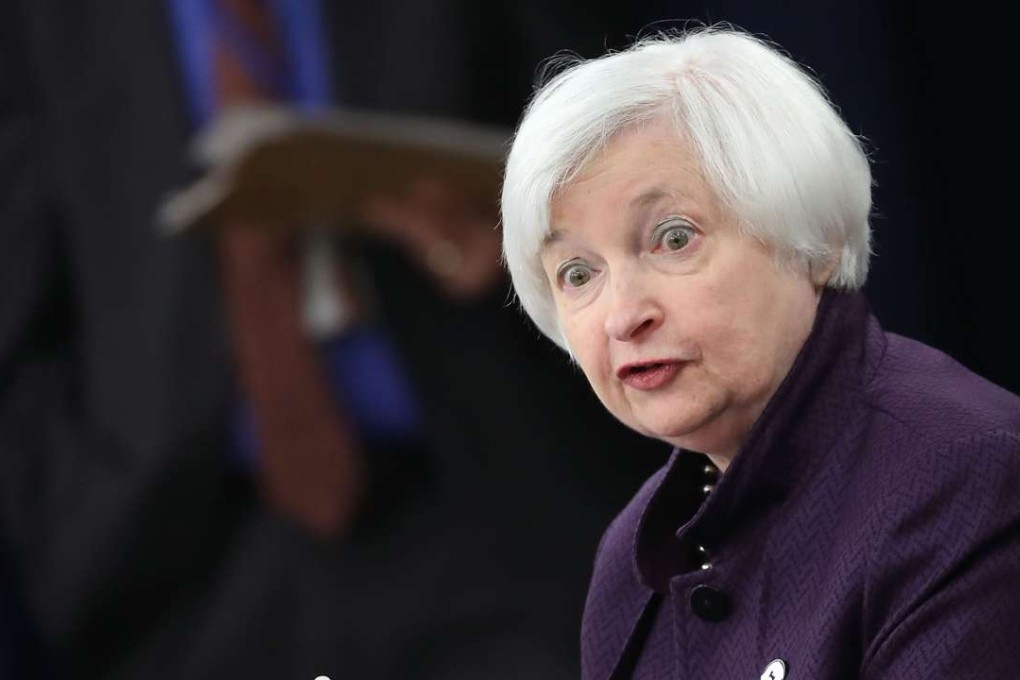Abacus | Why low interest rates are the cause, not the cure, of developed world’s economic malaise

For years, central bankers in the developed world have been trying to battle poor economic growth and weak demand with ultra-low, and even negative, interest rates. It’s not working. More than 17 years after Japan cut interest rates to zero, and eight years after the financial crisis prompted central banks in the US and Europe to slash their policy rates to record lows, growth has stubbornly refused to recover to pre-crisis levels and deflation remains an ever-present threat. The response among central bankers has been to cut further, defying all historical precedent to push interest rates into negative territory.
The eurozone, Denmark, Sweden, Switzerland and Japan all now have interest rates prefixed with a minus sign, while US$11 trillion of government bonds now trade at yields of less than zero. Yet even these desperation measures – intended to encourage a pick-up in spending and investment – have failed. According to the latest forecasts published by the International Monetary Fund last Tuesday, the world’s advanced economies will grow by just 1.6 per cent this year, down from an average growth rate over the 10 years preceding the 2008 financial crisis of 2.8 per cent. Meanwhile consumer inflation has collapsed to 0.8 per cent, from an average of 2 per cent before the crisis.

The time has come for policymakers to ask themselves some searching questions. What if the conventional economic wisdom is completely and utterly wrong? What if low interest rates are not the cure for weak growth? What if, instead, low interest rate are actually the cause of the developed world’s chronic economic malaise?
The Fed has again kicked the can down the road on interest rates
This is not as batty as it sounds. To see why, consider the behaviour of entrepreneurs, who in any advanced economy are by far the most important source of sustainable long term growth. We all know how entrepreneurs respond if interest rates are too high. If the cost of capital is higher than the return they can expect to earn by making new investments in their businesses, then entrepreneurs will simply stop investing, and growth will grind to a halt.
